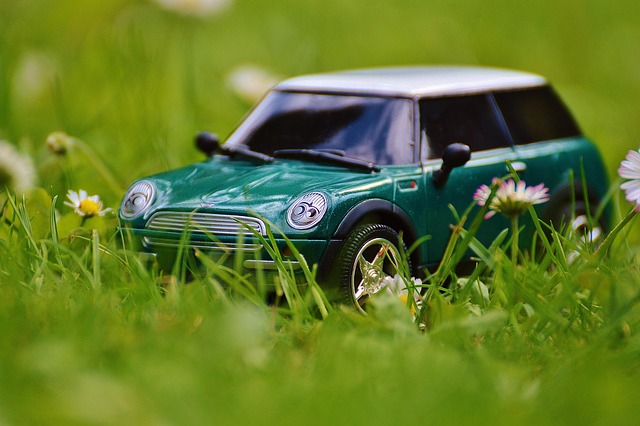Adopting natural mold removal techniques creates healthier living spaces by avoiding toxic chemicals. Essential oils, plant-based compounds, baking soda, and vinegar effectively combat mold growth while minimizing health risks. These methods emphasize moisture source identification, regular cleaning, and the use of natural fungicidal agents with proper ventilation and protective gear for safety. Preventive measures include good ventilation, moisture control, and regular deep cleaning in prone areas, ideal for homes with children or those concerned about chemical exposure.
In today’s eco-conscious world, prioritizing non-toxic solutions for mold removal is paramount. This article explores effective and natural methods to tackle this common yet potentially hazardous issue. We’ll delve into understanding the science behind natural mold removal techniques, providing step-by-step guides for eco-friendly remediation. From preventing future growth through comprehensive strategies to ensuring a healthier living environment, these methods offer a safe and sustainable approach to mold control.
- Understanding Natural Mold Removal Techniques
- Effective Steps for Eco-Friendly Mold Remediation
- Preventing Mold Growth: A Comprehensive Approach
Understanding Natural Mold Removal Techniques

Understanding natural mold removal techniques is a step towards creating healthier living spaces. Unlike conventional methods that often rely on toxic chemicals, natural solutions focus on safe and eco-friendly approaches to eliminate mold growth. These methods not only effectively combat mold but also minimize potential health risks associated with synthetic cleaners. By harnessing the power of nature, you can restore your environment without introducing harmful substances.
One key aspect of natural mold removal is using essential oils and plant-based compounds that possess antimicrobial properties. Essential oils like tea tree oil and lemongrass are known for their ability to inhibit mold growth. Additionally, baking soda and vinegar can be effective cleaning agents due to their acidity, which helps break down mold spores. These natural alternatives offer a gentle yet powerful way to clean and prevent future mold issues, making them ideal choices for those seeking healthier and more sustainable solutions.
Effective Steps for Eco-Friendly Mold Remediation

Effective Steps for Eco-Friendly Mold Remediation
When it comes to tackling mold issues, opting for natural and non-toxic methods is a wise choice for both your health and the environment. The first step in eco-friendly mold removal is identifying and addressing the source of moisture that’s fueling the mold growth. This could be leaks from pipes, poor ventilation, or high humidity levels. Once the source is pinpointed, it’s crucial to fix the problem to prevent recurrence. Regular cleaning and maintenance are key; use natural, non-toxic cleaners like vinegar or baking soda to wipe down surfaces and eliminate any visible mold.
For more severe cases, consider using natural fungicidal agents such as tea tree oil or essential oils like lemon or lavender. These can be mixed with water and sprayed directly onto affected areas. Always ensure proper ventilation during the cleaning process. Remember, wearing protective gear like gloves and a mask is recommended when handling mold to minimize exposure to potentially harmful spores.
Preventing Mold Growth: A Comprehensive Approach

Preventing Mold Growth requires a multi-faceted approach that combines good ventilation, moisture control, and regular cleaning. Natural mold removal methods prioritize non-toxic solutions, making them ideal for homes with children or individuals concerned about chemical exposure. Strategies like increasing airflow through proper ventilation, addressing water leaks promptly, and maintaining low humidity levels significantly reduce the environment where mold thrives. Regular deep cleaning, focusing on areas prone to moisture buildup, can deter mold growth before it even starts. By integrating these practices into daily routines, you create a comprehensive barrier against mold, promoting a healthier living space with minimal reliance on chemical-based products.
